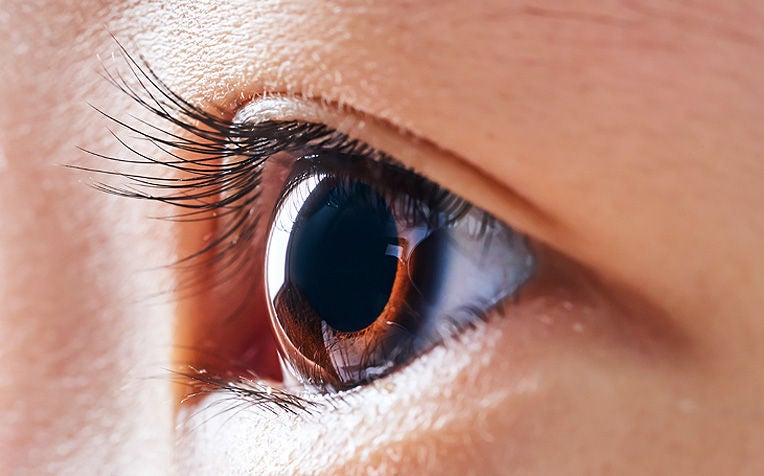HealthXchange will NEVER ask you to transfer money over a call. If in doubt, call the 24/7 ScamShield helpline at 1799, or visit the ScamShield website at www.scamshield.gov.sg.

The cornea acts as the eye’s outermost lens, and functions like a window that controls and focuses the entry of light into the eye.
The cornea is the clear outer layer at the front of the eye that helps to focus incoming light so that you can see clearly. It also shields the rest of your eye from dust, germs, and other harmful matter.
The cornea contains a highly organized group of cells and proteins and there are no blood vessels to nourish or protect it against infection. Instead, it receives its nourishment from the tears and aqueous humor fluid that fills the anterior chamber behind it.
Corneal tissue consists of five basic layers: epithelium, bowman’s layer, stroma, descemet’s membrane and endothelium.
Common conditions affecting the cornea
There are several common conditions that affects the cornea including infections, degenerations and many other disorders that may arise mostly as a result of heredity.
-
Conjunctivitis (Pink Eye)
Conjunctivitis refers to inflammation of the thin, translucent tissue (the “conjunctiva”) that lines the white part of the eye. It is commonly caused by a viral infection, or less commonly, a bacterial infection. It can also be caused by an allergic reaction to certain allergens such as dust mites or pollen.Corneal Infections
An infection of the transparent front part of the eyeball (the “cornea”) that allows light into the eye. Infections can be due to micro-organisms such as bacteria, fungus, parasites and viruses. Most corneal infections in Singapore are due to bacteria.Corneal Ulcers (Keratitis)
A corneal ulcer typically occurs as a painful, red eye, with mild to severe eye discharge and reduced vision. Most cases of corneal ulcers are due to a bacteria infection that invades the cornea, often following an eye injury, trauma or other damage.Dry Eye Syndrome
Dry eye syndrome occurs when you do not produce enough tears or when the composition of tears is abnormal and cannot adequately cover the surface of the eye.
Click the link to learn more about the causes and symptoms of dry eyes.Pterygium
A fleshy, triangular or wing-shaped growth of the eye. It usually occurs on the inner corner of the eye but can also appear on the outer corner. It is a slow-growing, benign lesion, and is mostly harmless. However, a pterygium may sometimes grow over the cornea. In rare cases, it can grow large enough to cover the central cornea and affect vision.
Tips and treatments available
Click on the links below to learn more about the conditions that affect the cornea, what you can do about it and pick up some practical tips on how to care for your contact lenses.
DMEK: A New and Improved Corneal Transplant Procedure
Corneal Disease: New Blood Test for Early Detection
Corneal Disease Symptoms: Symptoms, Risk Factors and Treatment
Pterygium: A Fleshy Growth in the Eye
Endothelial Keratoplasty and Emerging Therapies for Corneal Endothelial Disease
How to Care for Contact Lenses
Types of Contact Lens and How They Work
Tips to Care for Your Contact Lens
Misuse of Contact Lens Can Damage Your Cornea
Dry Eyes? Plasma to the Rescue
Plasma Eye Drops for Severe Dry Eyes
SERI and Singapore Chung Hwa Medical Institution Conclude Study on Treating Dry Eyes with TCM
Cornea-Related Eye Conditions (Pterygium, Dry Eyes, Corneal Infection, Eye Infection) – Doctor Q&A
Your Contact Lenses and Eye Health – Doctor Q&A
Click the link to return to the eye care home page.
Ref: H24
Related Articles
Conditions & Treatments
Public Events
Get the Health Buddy App
© 2025 SingHealth Group. All Rights Reserved.
















 Get it on Google Play
Get it on Google Play